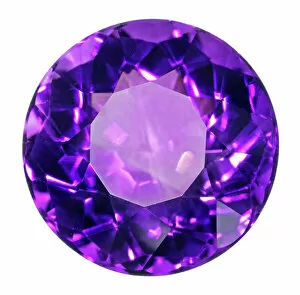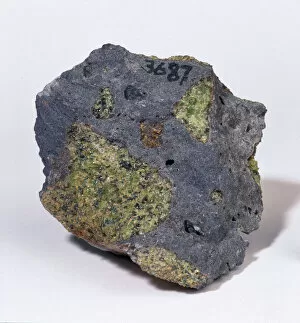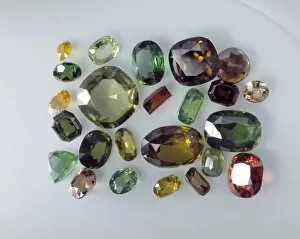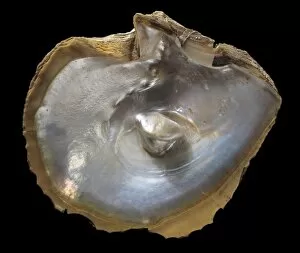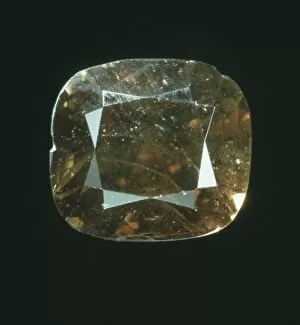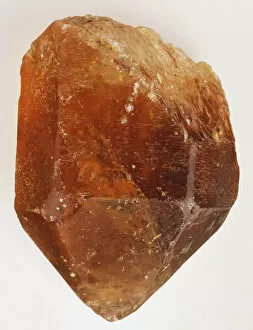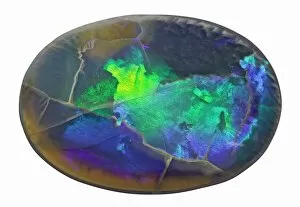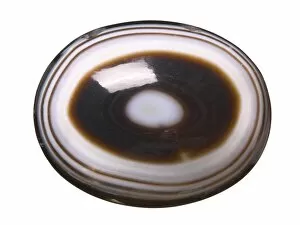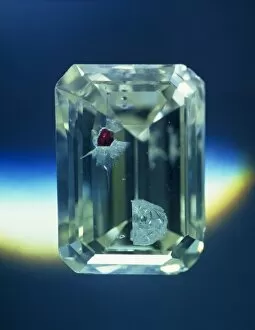Birthstone Collection
Birthstones are more than just beautiful gems; they hold a special significance in our lives
For sale as Licensed Images
Choose your image, Select your licence and Download the media
Birthstones are more than just beautiful gems; they hold a special significance in our lives. In the Birthstone Series, Amythest Quartz takes center stage with its stunning purple hue, symbolizing clarity and protection. Garnet Peridotite follows suit, radiating strength and vitality. Amethyst enchants us with its regal charm, while Turquoise captivates with its mesmerizing blue-green allure. Zircon cut stones sparkle like stars in the night sky, adding a touch of celestial beauty to any jewelry piece. Schist showcases its unique texture and earthy tones, reminding us of nature's artistic wonders. The delicate Oyster shell with pearl C013/6623 reminds us of life's precious treasures hidden within unexpected places. Corundum variety ruby dazzles with its fiery red brilliance, embodying passion and love. Peridot shines bright as it represents growth and renewal. Chrysoberyl cut stone exudes elegance and sophistication that is truly timeless. Five unpolished emerald rocks invite us to explore their raw beauty up close; each one holds a story waiting to be discovered. These birthstones not only adorn our bodies but also carry deep meanings that resonate within our souls. Whether you wear them for their aesthetic appeal or embrace their symbolic power, birthstones connect us to our roots and remind us of the magic found in every facet of life.

